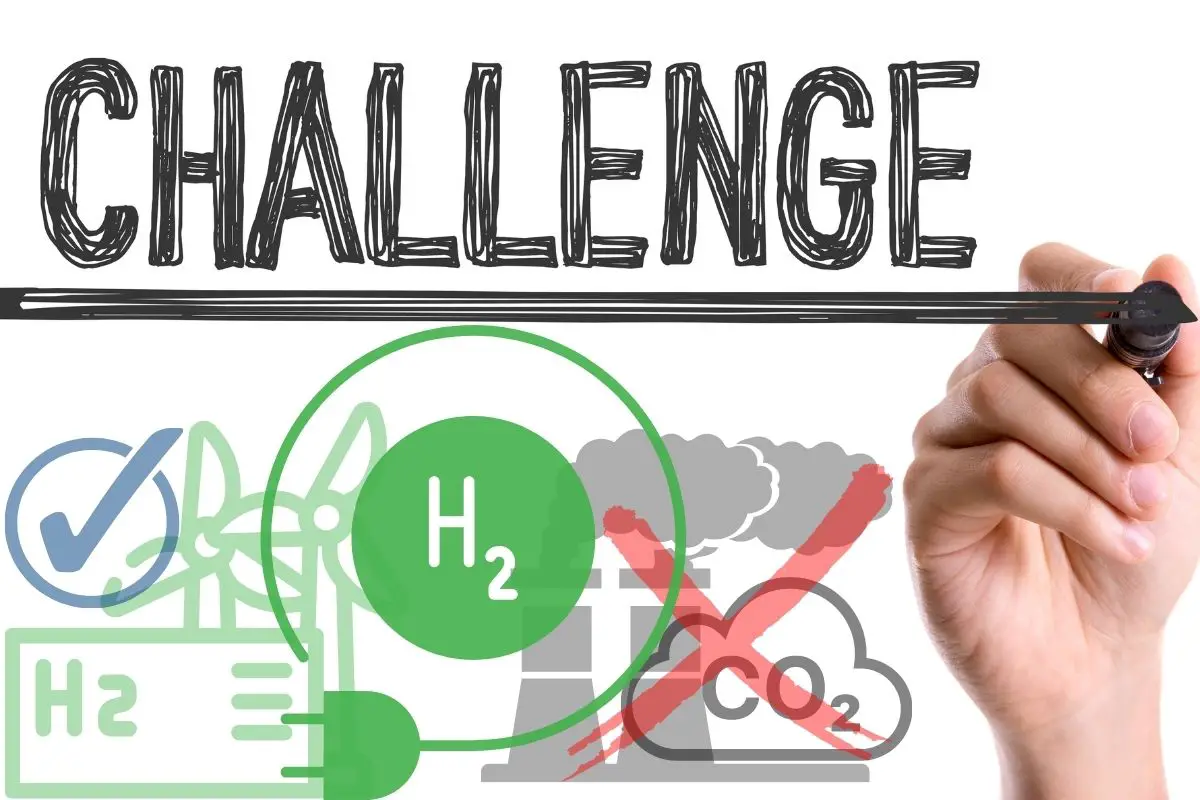
3 Major reasons green hydrogen is such a big focus at COP26
November 4, 2021With the climate change event well underway in Glasgow, clean energy strategies abound.
The 2021 United Nations Climate Change Conference (COP26) is actually the 26th summit of its kind, but never before has it received such international attention and never before has green hydrogen been as highly featured.
Taking place in Glasgow, Scotland, United Kingdom, COP26 runs from October 31 to November 12.
Country, industry and company leaders from around the world are gathered for COP26, for what is being billed as the most important summit this conference has experienced so far. Many countries worldwide have been using climate change targets to help restart their economies following widespread pandemic shutdowns and lockdowns. This has placed the spotlight on the trend and on the technologies and strategies that will be used to help arrive at those goals. More than any previous COP conference, green hydrogen fuel has been enjoying some considerable attention.
📣 NEWS: Today #G20 leaders met and agreed action this decade towards keeping 1.5 in reach.
🔹 The first Net Zero G20
🔹 An end to funding coal projects overseas
🔹 Scaling up support for clean power#TogetherForOurPlanet pic.twitter.com/jtqywdUNty— COP26 (@COP26) October 31, 2021
While it is clear that hydrogen fuel is not nearly the leading or exclusive component to national decarbonization strategies, this zero-emission energy source that is produced without also creating greenhouse gases has given it obvious appeal. While many automakers have placed their primary focus on electric vehicles, particularly in the passenger car sector, H2 has been finding its place in mass transit, long-haul vehicles, heavy duty vehicles and machinery, shipping, aviation, industry, and other massively carbon emitting arenas.
“If we act now, and we act together, we can protect our precious planet”
— COP President @AlokSharma_RDG at the opening of #COP26 yesterday.
Read his full speech here:
👉 https://t.co/JxBNpSECS0 #ClimateAction | #TogetherForOurPlanet pic.twitter.com/mM6Cnbsgdp— COP26 (@COP26) November 1, 2021
Why do discussions keep circling around to green hydrogen at COP26?
H2 produced by any means has drawn the most attention. That said, while the fuel itself may not produce any greenhouse gasses when it is used – producing only water as its emissions – the same cannot automatically be said about the way it is produced. H2 can be produced using highly polluting fossil fuels, such as coal for that matter.

This is among the main challenges to using H2 for decarbonization. It’s all well and good if a vehicle doesn’t produce any emissions when running on this fuel, but if producing the fuel in the first place creates just as much greenhouse gas, there isn’t any real benefit to the transition.
Therefore, countries and companies are seeking to find a balance in H2 production that will allow them to have the smallest possible carbon footprint while still working with the resources they have. Moreover, the price tag associated with generating green hydrogen cannot be ignored.
Still, it remains a component – or at least an eventual goal – of many decarbonization strategies, despite the fact that H2 produced using renewable energy can come with more challenges and expense than brown, grey or blue hydrogen produced with natural gas followed by carbon capture and storage, for example.
3 Factors that make green hydrogen impossible to ignore at COP26.
Despite the challenges it entails, green hydrogen remains a current or ultimate goal for many decarbonization strategies to achieve carbon neutrality targets. The following are three of the primary reasons that this is the case.
- It helps to secure the future of renewable energy – A vision including green hydrogen fuel depends on renewable energy, securing the future of electricity sources where massive investments are already being made. Many US states and countries worldwide have been broadening their dependency on solar, wind, hydro, wave, tidal and other sources of renewable electricity. By building clean H2 strategies, this only solidifies the expansion of those methods of power generation, potentially driving down their costs.
- It takes a step beyond electric vehicles in transportation – There are areas in transportation – such as aviation and shipping – that current electric vehicle technology simply cannot touch. However, H2 offers substantial range and shorter refuelling time, opening doors in highly polluting areas that are more difficult to decarbonize. This includes long-haul trucking, trains, air travel, and marine shipping, for example.
- Existing fossil fuel infrastructure can be used in the H2 transition – Among the barriers to adopting energy sources other than fossil fuels is the time, resources and expense that would be required to implement new appropriate infrastructure. Transportation and distribution would be required, and they would need to be as clean as the green hydrogen itself in order to make the transition worthwhile. Fortunately, areas with existing natural gas pipelines might not be required to abandon their existing infrastructure network, as new models show that those pipelines can also be used for moving H2 in hybrid gases or in its pure form.
About COP26
The 26th UN Climate Change Conference of the Parties (COP26) is hosted by the UK in Glasgow, Scotland, from October 31 through November 12, 2021. The summit is an assembly of parties focused on the acceleration of action toward Paris Agreement and UN Framework Convention on Climate Change goals.



 With over 15 years of reporting hydrogen news, we are your premier source for the latest updates and insights in hydrogen and renewable energy.
With over 15 years of reporting hydrogen news, we are your premier source for the latest updates and insights in hydrogen and renewable energy.
There’s a long way to go, but from an optimist’s point of view, if green hydrogen is actually possible, I hope that’s what countries will use. Natural gas hydrogen just isn’t enough
It has to be remembered that battery powered vehicles also have a substantial carbon footprint. The lithium for the batteries has to be mined, transported to the battery factory and at end of life recycled. Hardly carbon neutral.
It seems to have escaped the attention of us all, that hydrocarbons derive most of their energy from oxidising hydrogen which has taken a ride on the back of carbon to allow them to be liquid and easier to transport. When a hydrocarbon is oxidised in air CO2 is released at the same time as water. When the carbon carrier is fossil carbon you get fossil CO2 which adds to airborne CO2, therefore our experts should use the term “fossil carbon” when it comes from a fossil source such as coal, oil and gas, and just “carbon” when it comes from carbon captured from the air which is what plants do when they grow, or direct air capture of CO2 and processed in the Fischer-Tropsch process to produce fossil-free hydrocarbons that can be used to power aircraft. An alternative to using carbon as a hydrogen carrier, is nitrogen as ammonia (NH3) which is easy to liquify and has around 60% more energy density than liquid hydrogen, but NH3 is a toxic and corrosive material that is difficult to handle.
Green hydrogen can be produced from Renewable Natural Gas with carbon capture. RNG is the only carbon negative near zero emission fuel. It can be transported in existing natural gas pipelines. MUCH more economical than Green Hydrogen from Renewable Electricity and not requiring the new infrastructure to transport the hydrogen. HyGEAR has the ability to convert RNG to Green Hydrogen “on site” at the filling station or industrial user of hydrogen. Small amounts of special hydrogen pipeline needed to transport hydrogen from the “on site” HyGEAR unit to the filling pump or industrial user of hydrogen.
That’s great news! Will help convert fossil fuel plants and manufacturing to hydrogen powered through renewable gas-steam turbines. Can go a long way in reducing fossil fuel global pollution accounting for 60% world wide. Hydrogen can be and is transported in ammonia, according to research can be separated on site as needed where needed.